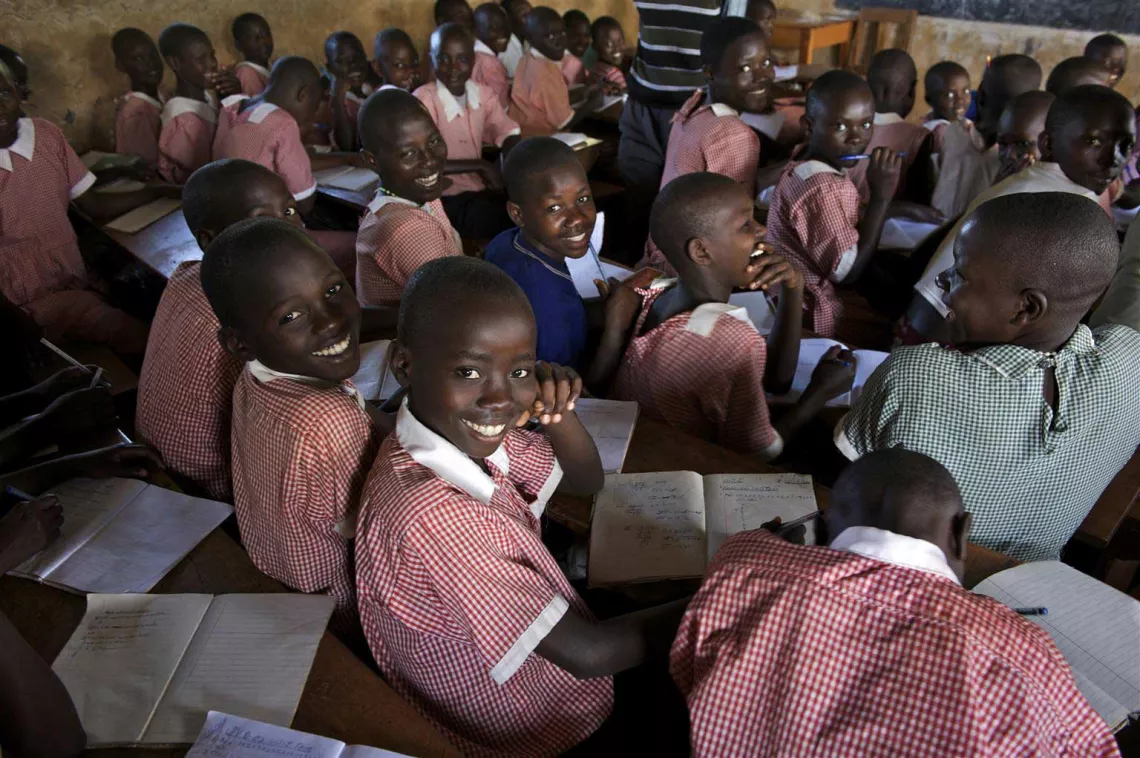BANGKOK/PHNOM PENH — Tensions flared once again along the Thailand–Cambodia border this week after a barbed wire fence triggered violent clashes between Thai security forces and Cambodian villagers.
The confrontation began when Thai troops started laying barbed wire along the disputed boundary. Around 200 Cambodian villagers gathered to protest, fearing the fence symbolized a permanent loss of land. Videos showed demonstrators pushing at barriers, throwing rocks, and waving sticks.
Thai forces responded with tear gas, rubber bullets, and high-pitched sound blasts. Cambodia said at least 23 people were injured, including civilians, a soldier, and a monk, while other reports placed the number closer to 30. Thailand confirmed its forces were also hurt but gave no details.
The incident has reached the United Nations, with Cambodian Prime Minister Hun Manit accusing Thai troops of widening the conflict zone and forcibly evicting 25 families, warning that hundreds more could be at risk. He has also appealed to ASEAN, urging Malaysia, the bloc’s current chair, to press Thailand to halt the evictions.
Thailand, however, rejected the claims, saying Cambodian villagers were illegally occupying Thai land and had provoked troops with sticks and slingshots. Thai authorities insisted that only “non-lethal” force was used to restore order.
The clashes highlight the fragility of the ceasefire brokered in July after five days of fighting left 43 people dead and displaced 300,000 civilians. Although international mediation by Malaysia, the U.S., and China temporarily halted the violence, distrust persists.
At the heart of the dispute lies the 1907 colonial-era map that left borders unclear, particularly around the Preah Vihear temple, which both nations claim. The International Court of Justice ruled in 1962 that the temple belonged to Cambodia, but disagreements over surrounding land continue to spark confrontations.
Analysts warn that without lasting solutions, villagers will remain caught in the crossfire, paying the heaviest price for a century-old dispute.






